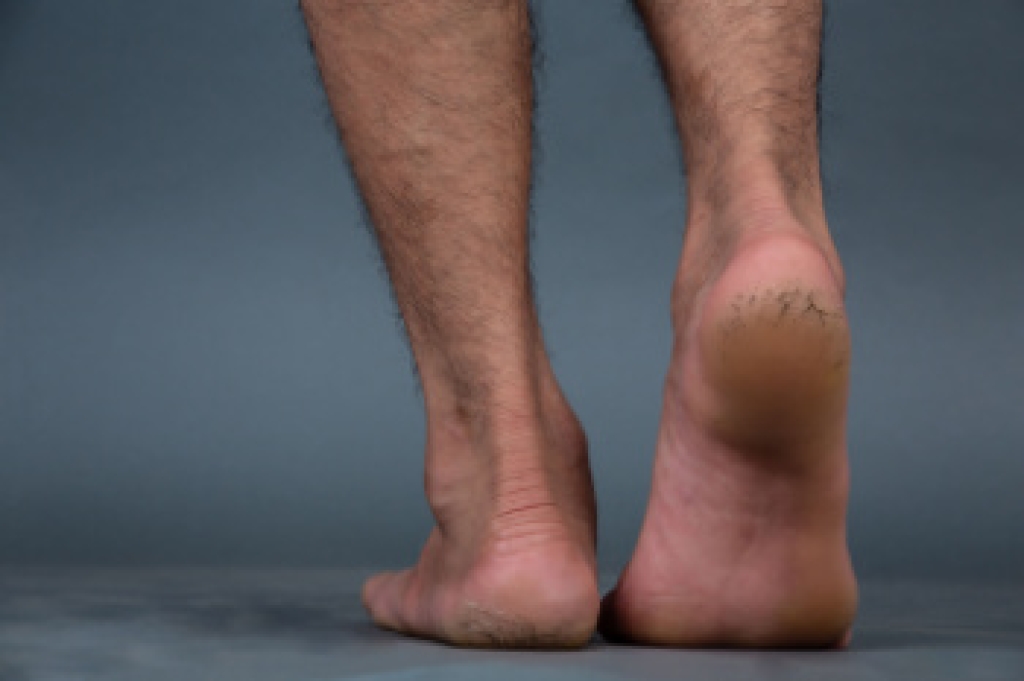
Cracked heels occur when the skin on the back of the heel becomes dry, thick, and unable to stretch properly, leading to splits that can be shallow or deep enough to cause bleeding and pain. This condition often develops from exposure to cold weather, vitamin deficiencies, or underlying health issues such as diabetes. When the skin loses moisture and flexibility, pressure from standing or walking can worsen the cracks. A podiatrist can evaluate the severity of the condition, remove thickened skin safely, recommend moisturizing routines, and address any medical causes. If cracked heels are causing discomfort or are slow to heal, it is suggested that you consult a podiatrist who can provide effective relief techniques and prevention tips.
If the skin on your feet starts to crack, you may want to see a podiatrist to find treatment. If you have any concerns, contact Larry J. Kipp, DPM from Coastal Podiatry Center. Our doctor can provide the care you need to keep you pain-free and on your feet.
Cracked Heels
It is important to moisturize your cracked heels in order to prevent pain, bleeding, and infection. The reason cracked heels form is because the skin on the foot is too dry to support the immense pressure placed on them. When the foot expands, the dry skin on the foot begins to split.
Ways to Help Heal Them
- Invest in a good foot cream
- Try Using Petroleum Jelly
- Ease up on Soaps
- Drink Plenty of Water
Ways to Prevent Cracked Heels
- Moisturize After Showering
- Skip a Shower
- Keep Shower Water Lukewarm
- Don’t Scrub Your Feet
If you are unsure how to proceed in treating cracked heels, seek guidance from a podiatrist. Your doctor will help you with any questions or information you may need.
If you have any questions, please feel free to contact our office located in New Port Richey, FL . We offer the newest diagnostic and treatment technologies for all your foot care needs.





